An Honest Review of the New Starlink Mini
A shooting star that reaches far but burns out in the process
When the Starlink Mini came out this summer, I bought one immediately. As a digital nomad, taking the internet with me everywhere I go sounded incredibly helpful. I tried it for a full month to see how it went. The verdict: it’s complicated.
Pricing Model
The first thing I noticed about Starlink was the price: on the Starlink website, there was a sale for $300 off! What luck! Normally $599, I could now buy a Starlink for only $299. That seemed like an amazing deal, and I was ready to whip out my credit card and buy it.
When I went to check out, though, I noticed the sale was only for the “Standard” Starlink device and not the Starlink Mini. Oh. The Mini was still a full-priced $599 which meant the smaller device with slower potential speeds was more expensive.
That was kind of strange. I was not expecting that, so I canceled my order and waited a few days to mull it over and decide if it was really worth it.
Checkout Process
I thought that $599 for a smaller, less powerful, and slower satellite device was a lot of money, especially since I already have internet access at home and at the office, and this was going to be a backup source for when I leave town and hit the road.
But after a week or so, I decided to take the (expensive) plunge and give it a try. After all, there was a 30-day return policy, so if I didn’t like it, I could get my money back.
Here’s what it cost:
$599.00: Starlink Mini Kit
$20.00: Shipping & Handling
$53.85: Tax
$672.85 Total
Shipping and Delivery
After ordering, my Starlink Mini arrived very quickly. The email confirmation said it should arrive “within 1-2 weeks.” But it arrived sooner than expected: I ordered it on the 6th, it was shipped via FedEx on the 8th, and arrived at my house on the 10th.
That was a nice surprise. (I like it when packages arrive earlier than promised, especially fun tech devices like this.) I’m like a kid with a new toy!
Unboxing and Setup
After it arrived, I opened the box to set it up. There was very little in the box: just the Starlink Mini, a plug, a cable, and an adapter for mounting it on a pipe. The first thing I noticed was the size. At 10.2” wide, 11.75” long, and 1.45” thick, it’s almost exactly the same size as my MacBook Pro but fatter.
This was nice: I had been nervous about its size since I had only seen a “regular” Starlink in person before (which is big, bulky, and awkward), so even though I could read the specs online, I didn’t have a feel for just how big or heavy it would be. I was hoping it would be small enough to carry it around in my backpack, and it was.
The instructions were minimal: I downloaded the Starlink app to get it set up, which was easy enough. Actually, I had already downloaded the app when I bought it so I could track my order and see shipping updates.
Powering It Up
Taking it out of the box and getting connected is where I hit my first snag. Until now, I hadn’t thought much about power. How (and where) I would plug this in didn’t seem like such a challenge… until I tried to do so in my backyard.
As it turns out, the house has only one exterior outlet, and it doesn’t work. I didn’t know this was the case at the time (I never noticed it before), but I plugged in the Starlink Mini, and… nothing happened.
Nothing lit up. No lights, no clicks, no beeps, nothing. I wondered if I had to press a power button to turn it “on,” but there was no button I could see.
So… now what? Was the device broken? Or was the power outlet bad? I wasn’t sure, so I walked around the house multiple times, looking high and low for another outlet, and didn’t find any. So I eventually had to plug it in inside the house, run the cable out the sliding door, and partially close it.
That worked, and the Starlink lit up immediately. But running a cable out through a door, I couldn’t close all the way? That was a hack job that could only be temporary. Bummer.
Getting Online
This was the fun part: I opened the Starlink app on my iPhone, connected it to the Starlink Mini, and went through the setup process. It was all pretty simple:
Log into the app
Connect to the Starlink via wifi
Pair the device to your phone
Configure your wifi connection and name your network
Download software updates
After it downloads the latest firmware for the device, you have to calibrate it.
Calibrating and Checking for Obstructions
Clear access to the sky is really important, so if possible, you need to place your Starlink Mini in a location with a clear view of the sky and minimal obstructions (roofs, trees, etc). I live in the desert in Southern Arizona where trees are few, so this wasn’t an issue for me.
You just place the Starlink device in a safe place without an obstructed sky view, then let it sit for an hour while it builds a live coverage map of the sky above. This looks crazy cool to watch as it finds all the Starlink satellites it has a direct view of.
Yay, We’re Live!
Basically, that’s it: follow those steps and you’re now connected to the internet via Starlink satellite. It’s a total trip to be able to get online anywhere in the world with a laptop-shaped device that’s small enough to hold in your hands.
After letting it run all night to calibrate and find all the satellites, I ran a speed test to check the speed, and here’s where I really started to get disappointed.
I ran a speed test on my iPhone while connected to my home wifi (via Cox Gigablast) as a control; then I connected to Starlink to see how it compared. Here are the results:
Cox Gigablast: 520 Mbps down / 115 Mbps up
Starlink Mini: 92 Mbps down / 12.3 Mbps up
That’s pretty bad. It’s decent for download speed but pretty bad for upload—it’s 1/10th of what I have at home. It wasn’t clear on the website what the upload speed would be, so I wasn’t exactly sure.
I wasn’t expecting gigabit speeds, but this was a tremendous downgrade. I know they’re not exactly apples-to-Apples, but if I was expecting to have Starlink provide even comparable speeds (though I wasn’t necessarily), this wasn’t even close.
If I’m on the road out in the middle of nowhere, it’s certainly better than nothing. No question. But from a pure speed perspective, this was really surprising. Why so slow? Even my iPhone has way, way faster upload speed.
Billing and Data Plans
Speaking of disappointment, the night before, when I first set up the device, the second I got connected (and I mean the very INSTANT it made contact), my credit card was billed for my first month of service. My phone instantly went “DING!” with a notification from my bank.
I sort of remember selecting a plan during the checkout process, but I had forgotten which plan I had picked, and I was a bit surprised to see that I had just been billed $150.00 for the “Starlink Roam” plan, which had a shockingly small data cap on it.*
I would have expected that once I actually had the thing in my hands and unboxed it, there would be some sort of alert that said something like, “Ready to get connected? Don’t forget, here’s the plan you selected when you ordered. You good with that?”
In my case, at least, $150/mo is a lot of money to pay for a much slower, much more limited data plan than I’m used to for an additional/backup internet device I don’t even need at all times. The good news is you don’t have to sign any long-term contracts, and it’s a month-to-month agreement, so you can pause it as needed.
If I had thought about this more, I think I would have signed up for the smaller data plan first. But now it was too late: I’d already been billed before I could think about it, and that was annoying.
*Note: Since I activated my Starlink Mini, the data plans have been changed. Starlink Roam is now unlimited, but the price has also been increased by 10% to $165/mo.
Power Issues
For the next few weeks, using my Starlink Mini was simple and straightforward, except for the challenge of finding power.
Getting power is clearly Starlink’s Achilles’ heel: the whole point of having a mobile internet device is to allow you to “roam.” But how can you roam when you are off the grid and have no power for your device that needs electricity?
This isn’t just me being pedantic: their own website specifically says a lot of things that very clearly lead you to believe you can take it anywhere:
“Starlink Mini is a compact, portable kit that can easily fit in a backpack, designed to provide high-speed, low-latency internet on the go.”
“WORK FROM ANYWHERE”
“RELIABLE and REMOTE”
“Travel: Bring your internet with you while traveling anywhere in over 100 live markets.”
“Camping: Camp in the most remote areas across the world with high-speed internet.”
Even the graphic they use shows a hiker with a Starlink Mini strapped to a backpack out in the middle of the forest.
How (or why) would they say that people can take a device like this in their backpack to provide “internet on the go” when they know they have to be plugged into a power supply the entire time?
That’s kind of the opposite of being “on the go.” If I actually wanted to take a Starlink Mini with me as I go hiking, I’d always have to be within close proximity of an outlet to plug it into. Do Starlink employees not know that outlets are actually really hard to find in the mountains?
Strangely, it seems they have no built-in solution to this. That’s quite a shocking oversight. It’s hard for me to come up with a list of places where having a Starlink Mini would help me if I also have to be plugged into a wall outlet.
Here’s why: most places I go that have electricity also have internet. Or, at a minimum, they have cell phone reception. So, if I’m trying to work remotely, I can either use a wifi connection or just tether off my iPhone using Verizon’s data network.
So, what does Starlink give me that I don’t already have? Not much, as it turns out.
For a while, I drove around with it in my car’s trunk, wondering, “Can I use it here?” The answer was often, “No, there’s no electricity here,” so it stayed in the trunk.
The Right Battery Pack Was Impossible To Find
Here’s where it started to get totally absurd. I thought, “Well, okay, I should just find some sort of portable battery pack that I can take with me. How hard can that be?”
Very hard, it turns out. I went to Lowes, Walmart, and Home Depot to see if I could find a portable power source with enough juice to run a Starlink. The only options were insanely expensive: inverter generators in the $1,000 range.
Huh? I’d have to buy a power source that’s even more money than the device itself?
The cheapest item I could find was a “Kobalt Power Station Kit” for $849 (plus tax). But if I had to pay $849 for a portable power source like this ON TOP of the $672 I paid for the Starlink device itself, plus the first month of service at $150, now it’s all getting ridiculous.
Adding up all those costs… great googly-moogly! My first month of using Starlink Mini would cost me $1,671 just to get connected. That is totally insane!
All I wanted was to be able to have internet wherever I went, just like I already have with my Verizon 4G/5G plan on my phone, except that I don’t get cell service everywhere I go. That was the one missing piece I was trying to solve.
By now, this whole endeavor was totally spiraling out of control, and I wished I hadn’t even bought the dumb thing in the first place. Somewhat depressed, I went to Batteries Plus to talk to someone there about an affordable option, and the guy working there had absolutely no idea what to suggest.
Literally, he had no idea: he didn’t have any suggestions.
A battery expert—who sells batteries for a living—had no idea what I could do to provide power to my Starlink Mini when I’m off the grid.
That is SO WEIRD! How is that even possible? Am I the only person in history to ever ask the question, “How can I provide power when I’m in the mountains?”
Why has nobody at Starlink thought of this? Why don’t they have a built-in battery or, at a minimum, a portable power pack we can recharge?
The strangest part is that Starlink is a company run by Elon Musk, and so is Tesla.
The core technology behind all of Tesla, from top to bottom, is batteries. Cars are almost an afterthought. You could even say that Tesla is a company that sells batteries with cars attached.
So, why can’t Starlink do the same for their internet devices? Why isn’t my Starlink Mini a battery with an internet router connected? I’m mystified by this.
I’m also mystified that I seem to be one of the only people who’s ever thought to ask this. Why does this always happen to me?
I spent a good amount of time searching for solutions online, and the only other people I could find who were asking the same question (i.e., “How can I power my Starlink Mini when there’s nowhere to plug it in?”) were old folks who live in RVs and visit national parks in their retirement years.
On some extremely-old fashioned Q&A forum, I found a question similar to mine, and there was really only one out-of-the-box solution proposed: a weird orange battery pack made by a company that sounded like a maker of porno films: Jackery.
What? Jackery? What on earth is a Jackery?
Why have I literally never heard of them before in my entire life? Why have I never seen them for sale at any store, ever, in my 38 years of being on this planet?
Going On A Wild Goose Chase
After choosing to be an adult and get over my fear of this weird company with the gross name, I decided to buy the power pack… but where?
I didn’t want to buy it online just to find out it didn’t work and then have to fight to try to return it. I wanted to buy it in person. Well, as it turns out, there are very few stores that sell Jackery battery packs, and this is highly dependent on your location.
I found the list of distributors on the Jackery website and checked out each one:
Walmart (Nope, the ones in my area don’t carry it—I had already checked.)
Lowes (Nope, the ones in my area don’t carry it—I had already checked.)
Home Depot (Nope, the ones in my area don’t carry it—I had already checked.)
Target (Nope, the ones in my area don’t carry it.)
Best Buy (Yes, the ones in my area carry it.)
Harbor Freight (Yes, the ones in my area carry it… but what? This place is still in business?)
Sparing the sordid details, I drove all over town to try to find one. I visited TWO different Harbor Freight locations. I asked the employees if they had it, and they said “Yes.” But they were sold out.
Oof… okay, time to try Best Buy. Same result! I had to go to two different Best Buy locations. At the first one, they said they did carry it but were sold out.
The second location said they carried it, and they had exactly ONE left. It was somewhere in the back, and I had to wait for about 10 minutes as one employee summoned another on the radio, who summoned another employee, who summoned a manager who finally knew what they were doing.
Long story short, after talking to multiple people who kept saying: “We don’t carry that,” and then showing them my iPhone’s screen saying, “The Best Buy app says you do,” then them saying, “Oh, really? Wow, I’ve never even heard of that before,” I finally got one.
But when the manager brought the orange box from the back, it said “solar generator” on the box. Was this a joke? This was a battery pack, not a solar generator. What was going on?
But I didn’t care, though: by now, I was exhausted, miserable, and downright angry at how incredibly convoluted this whole stupid process was. I was ready to scream and throw things. I bought the dumb orange box with the embarrassing name at an astonishingly stupid price tag: $280.43.
An Expensive Power Solution
The good news is, AFTER ALL THAT, I have the dumb Jackery power pack, and it actually works. I can use it to take my Starlink Mini everywhere I go.
But wait, no, please, no… NOOO!!!! There’s a fatal flaw! AHHHH!!!!!!
Reading the fine print of the booklet for my nearly-$300 battery pack, it says I CANNOT FLY WITH IT. It’s apparently too big and has too much lithium that it’s against TSA regulations to take on an airplane.
WHAT? WHAT WAS THIS ALL FOR?!?!?! I’M DYING!!!
I’M TURNING INTO THE INCREDIBLE HULK, AND I’M ABOUT TO START THROWING BATTERY PACKS AND SATELLITE DISHES EVERYWHERE!
Inhale… deep breath…
So… if I want to go on a ROAD TRIP, I now, FINALLY have everything I need to carry the internet with me on my back everywhere I go. But if I want to FLY anywhere, I don’t. I’m back to square one.
Holding back vomit…
I find another—smaller—Jackery battery pack on Amazon that I am, indeed, allowed to take onto airplanes when I fly to destinations like the beaches in the Caribbean, which was the ENTIRE POINT of my even buying a Starlink Mini in the first place.
So, I buy this one as well. Now I add an additional $89.99 (it’s on sale, lucky me!) for the smaller Jackery Explorer 100. It’s going to finally solve my problem, and it’s TSA-approved. Hooray.
This now means my total investment is as follows, all-in, with taxes and shipping:
$672.85: Starlink Mini Kit
$280.43: Big Jackery battery pack (for driving)
$96.65: Small Jackery battery pack (for flying)
$150.00 Starlink Roam plan
$1,199.93 Total
Finally! Almost $1,200 later, I have everything I need to have mobile internet for my digital nomad lifestyle. Right? Right?
But Wait! Another Fatal Flaw!
I finally get my Amazon package with the smaller Jackery battery pack that I’m allowed to take on airplanes, and… IT DOESN’T HAVE AN OUTLET.
You know this whole challenge of needing to find a place to plug in the Starlink Mini in the first place? The stupid, small Jackery battery pack doesn’t even have one. It only has USB inputs!
So, congratulations to me; I just tossed an additional $100 bill into the fire for a useless orange paperweight that is only good for charging my iPhone… which was never my problem in the first place.
Why do I have to be an expert on all this stuff? Why do I have to know about batteries and power supplies and plugs and lithium and travel restrictions and adapters and cables? I’m just a guy who wants to build websites and take my internet with me everywhere I go. Why do I have to ask 100 questions that nobody’s ever thought of?
Conclusion: Starlink Mini Sorta Works. But I Hate It.
As it stands right now, I am currently the proud owner of an inactive Starlink Mini that sits in my closet, unused, along with two stupid battery packs with dirty-sounding names that I don’t have any use for.
It is an infuriating, tangled mess of power cords that makes me angry and want to hurt people. I’m now $1,200 poorer, and I STILL don’t have internet access in my backpack like I had hoped.
I have no idea what to make of this. The product itself works… technically. But in practice, it’s almost completely useless. When it comes to using it for what I wanted to use it for, it misses the mark by about 95%.
This is a serious design flaw, and it’s shocking that a company run by the best designers in the world (Musk and the Tesla/SpaceX/Starlink team) seems to have overlooked such a gaping error.
It feels as though I had gone to a car dealer (let’s say it isn’t a Tesla dealer, for the sake of argument) and bought a brand new, shiny car that’s everything I wanted. Then I drive it off the lot only to find out that it has started raining and the paint is running off the body and onto the street.
I’m driving a “melting car,” essentially. So I pull over, and call the dealer and ask: “Hey, what’s the deal? Why is my car melting?”
And the brilliant folks at the car dealership give a mind-numbingly stupid response: “Oh, well, the car is fine. You just can’t get it wet.”
“WHAT?” I ask, incredulous.
“Yes, we didn’t design the car to be used in the rain. If you let it get wet, it will rust solid and become totally unusable.”
That’s how pointless a Starlink Mini seems without a battery power pack. It’s as useless as a car that can’t get wet in the rain.
Why would I ever buy a car like that? I wouldn’t!
Also… Why would I ever buy a satellite internet device that doesn’t work unless you plug it in?
Because I was apparently too stupid to ask the most basic question ever, like “Does it work off the grid WHERE I ACTUALLY WANT TO TAKE IT?” and the company that made it didn’t anticipate that their customers would ever want to do that, even though their marketing material shows people bushwhacking out in the middle of nowhere but they’re somehow assuming there are plugs on every tree.
There Is One Option, but It’s Horrible
Okay, there is, apparently, at least one potential option to solve this problem, and that’s using a car adapter. That’s where you buy a special cable and plug it into the cigarette lighter in your car to power your Starlink Mini.
But there are still two MAJOR problems with this:
Issue #1: Starlink doesn’t provide this, so you have to find one from an aftermarket/third-party source, and that may or may not work or be supported or void your warranty.
Issue #2: (And this is a GINORMOUS problem) - what if I plug my Starlink Mini into my car and run it off my car battery… and the car battery dies?
Being stranded out in the middle of nowhere, without internet, and now, without my car having power, is a total, utter, complete failure to the level of outright life-threatening danger.
I literally cannot think of any worse way to power a Starlink Mini out in the middle of nowhere than using my car’s battery. Without exaggeration, I could die because of this.
It’s Not Really Made To Be Carried Around
This may seem nitpicky, but it’s so strange that a device that’s clearly made to help you “ROAM” around doesn’t seem like it was made for that. There are a few ways I believe this is the case—they aren’t dealbreakers, but they seem really poorly planned.
#1: There’s no carry case.
Why not? That’s weird. You have a big piece of very expensive technology ($600 for a plastic rectangle isn’t chump change), and how are you supposed to carry it or transport it? It has no bag, container, or case of any kind.
#2: The cable is very, very long and gets tangled easily.
How am I supposed to wrangle this thin, 50-foot cable? How do I carry it? How do I store it? As it stands, I just kind of try to wrap it up in a loop, but it always gets tangled and knotted. It would have been nice to have some sort of reel or bag or something that it could be put in without getting all tied up.
#3: It gets pretty dirty.
This is probably super nitpicky, but I was surprised at how dirty it gets. I keep a pair of gloves with it, and always use that, but it’s just a strange thing to set this piece of technology flat on the dirt. There’s a little flap on the back that they call the “kickstand,” but that’s it: aside from that, you just put it on the dirt, mud, or snow. That makes it get really dirty with use.
#4: I’m afraid it will get broken or stolen.
Setting a small white rectangle on the ground and walking away from it makes me feel like I’m taking something expensive and being foolish with it, like I’m a bad steward or something. What’s to prevent a car from driving over it, or someone stepping on it, or even just picking it up and walking away with it?
Nothing: all those things could easily happen and it doesn’t seem like it’s very durably constructed. Amazingly, they thought to put in a snow melting mode where you can tell it to get really hot so it melts any snow that lands on top of it, but there’s no security mode or alarm mode as far as I can tell. And I think a person not paying attention could easily destroy the whole thing just by accidentally stepping on it once, which would be easy enough to do.
Post-Starlink, My Life Is the Same as It Ever Was.
In conclusion, what do I make of the Starlink Mini? It works. Technically.
Just like a car that drives just fine but breaks down if it ever gets wet because you drive it in the rain.
As it stands now, I don’t use my Starlink Mini. I let the (now even more expensive) monthly Starlink Roam data plan expire. So, as I mentioned, I have a big white rectangle in my office closet that sits unused, and it’s past the 30-day mark, so I can’t return it.
I am right back where I started before summer began… begging for wifi passwords at Panera Bread and limping through spotty Zoom meetings on the beach as I tether on my iPhone 15 if and when I have a place to plug into power and Verizon data has reception.
What a weird experience. I sure hope this problem gets solved soon. Until then, I’m clearly just going to be one of those early adopters who, when Starlink Minis become Neuralink chips implanted into our brains, will crankily shout at the “kids these days.”
“You don’t know how good you have it! When I was your age, I had to spend $1,200 for a Starlink Mini that didn’t even have a power source, and it was totally unusable!”
My Final Opinion
If you couldn’t be bothered to read all of that above, here’s the TL;DR version—my genuine, 100% serious, bona fide conclusion:
The Verdict: Starlink Mini is not ready for primetime yet.
IF you are in a big van or RV and;
IF you always have access to continuous power by plugging your device in at an RV park or;
IF you have a power generator that runs on gas and isn’t a battery back or;
IF your engine is always running and you never shut it off, so you don’t have to worry about accidentally draining your car battery and leaving you stranded in the middle of nowhere…
Then maybe Starlink Mini is good for you.
However… if you’re a backpacker, explorer, or digital nomad and want to go off the grid in the mountains, on the beaches, or out in the middle of the desert and you simply want to “take your internet with you wherever you go,” Starlink Mini is not a good option right now.
If you’re hoping to actually “Roam” with your fancy new “internet in a backpack” device and your “Starlink Roam” data plan…. don’t. It needs more work. Give it time, maybe months, maybe years, but it’s not ready yet.
Update, October 2024: I returned my Starlink Mini. I really appreciate Starlink’s return window, allowing me to give it a try. I really wanted to like it, but I just can’t use it as-is. If/when they fix the power source problem, I’ll buy one again right away.




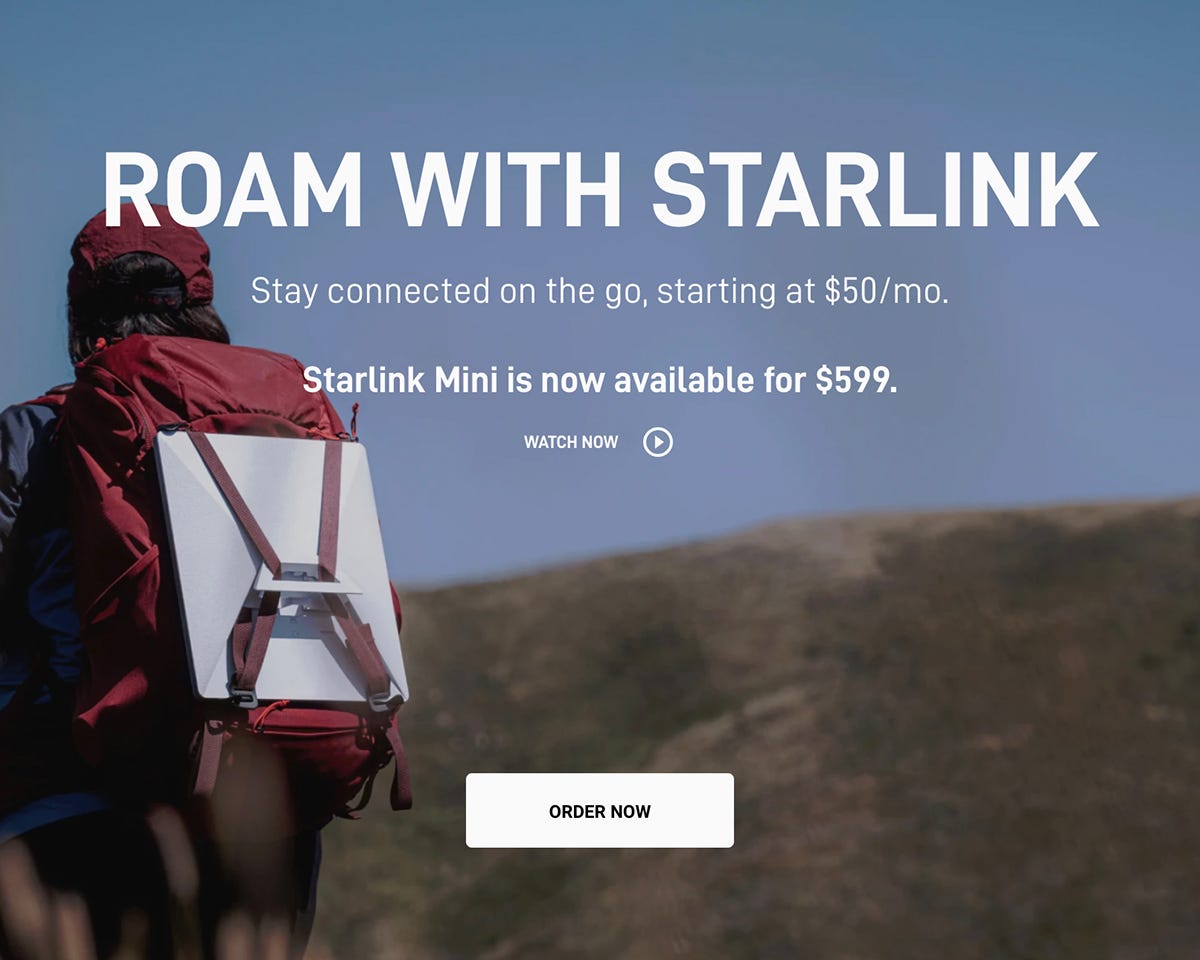
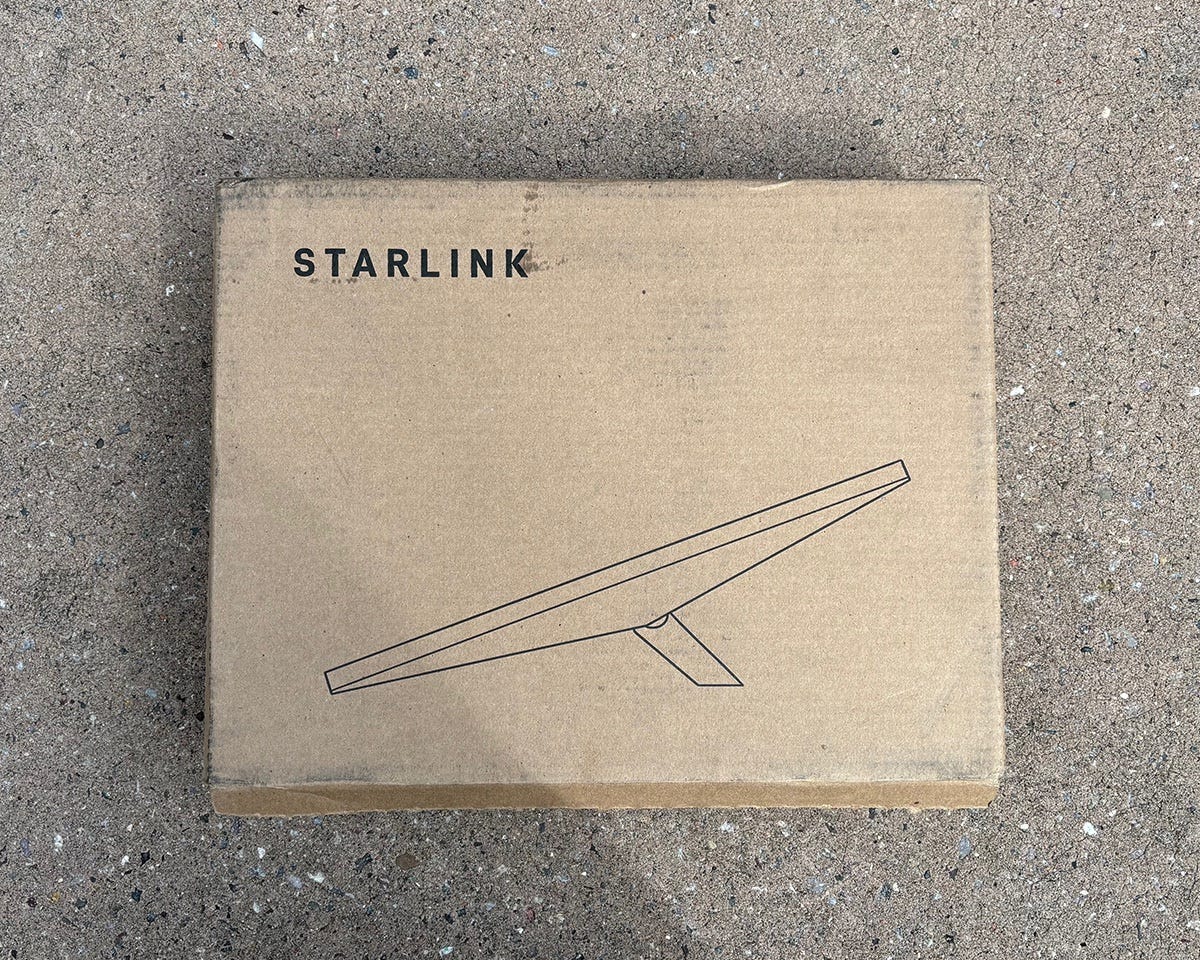
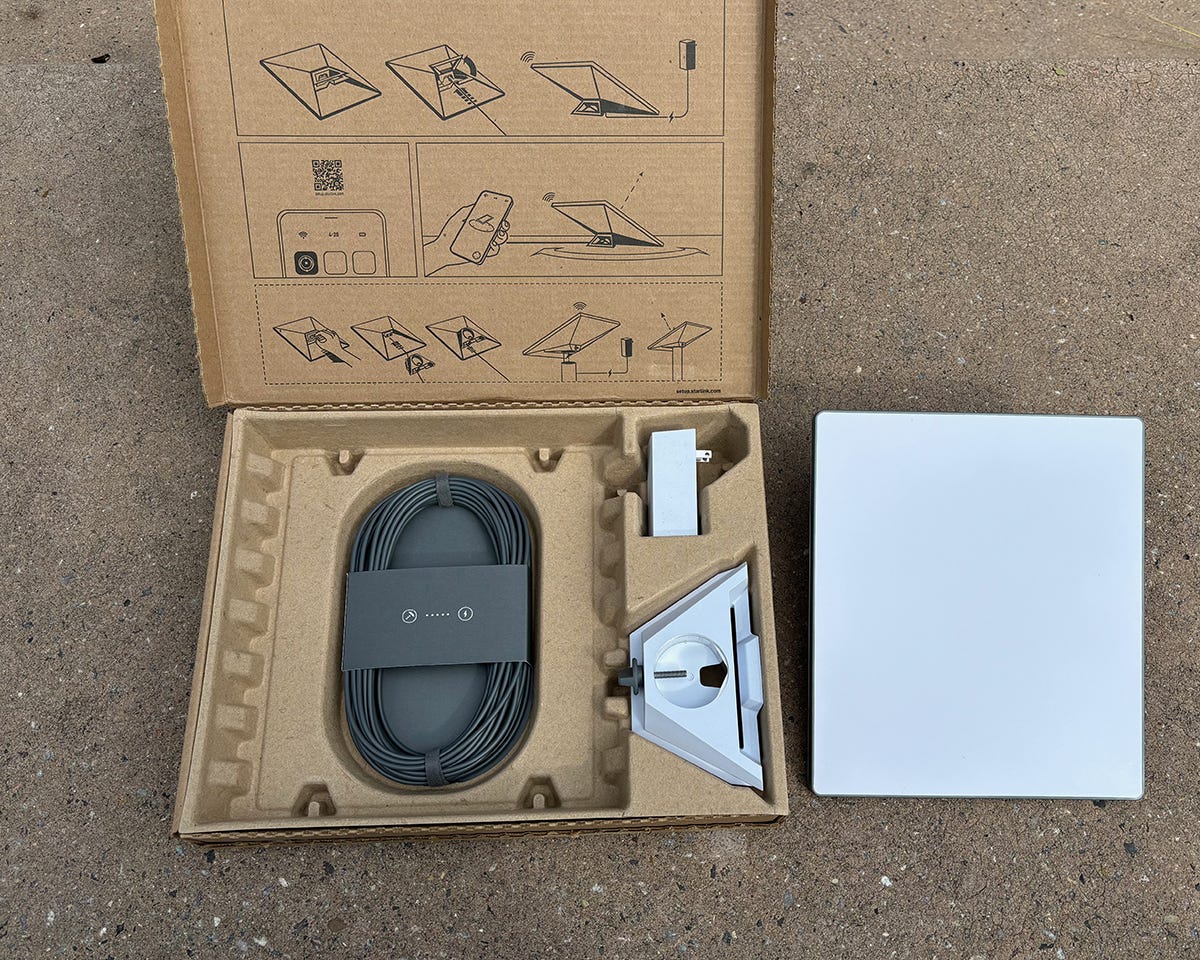
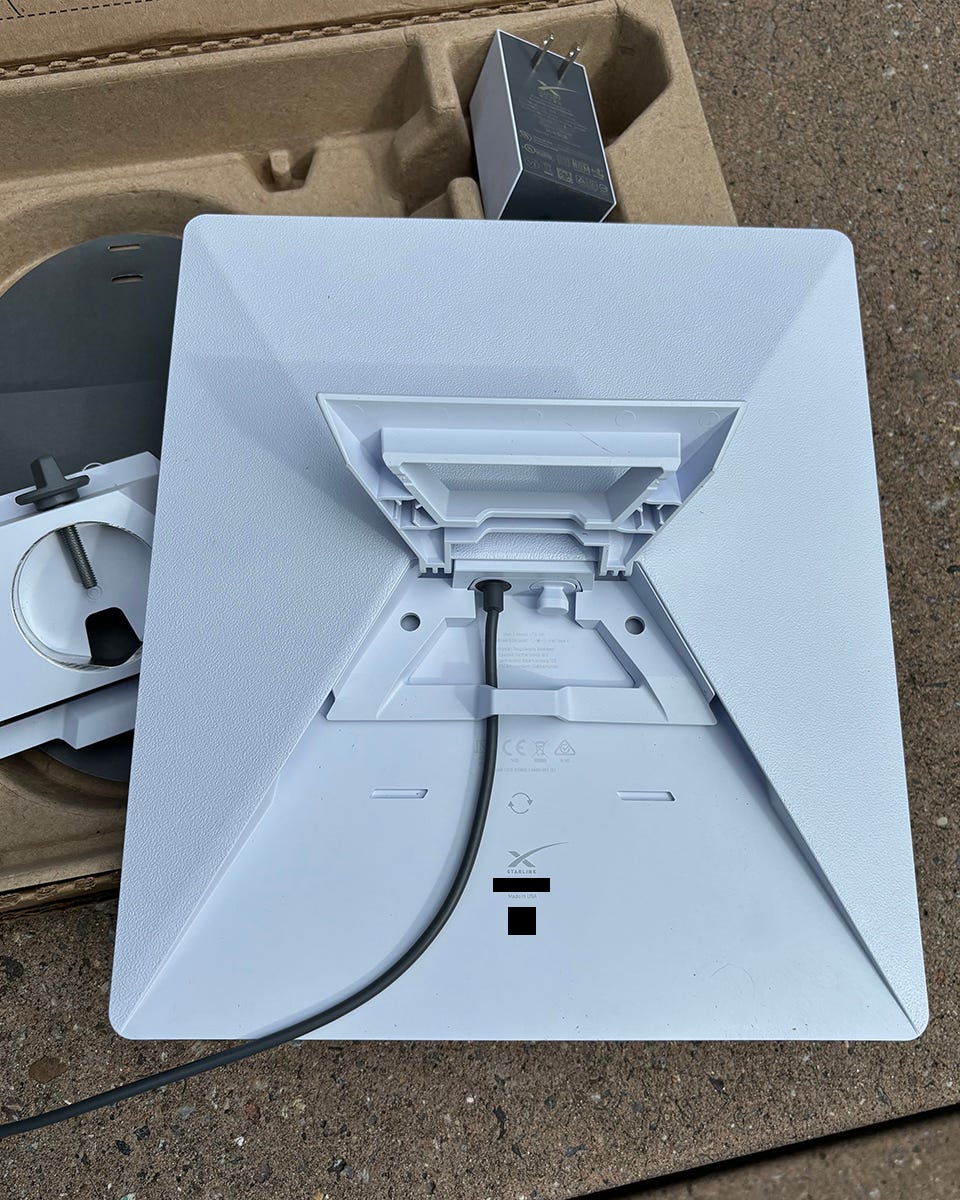
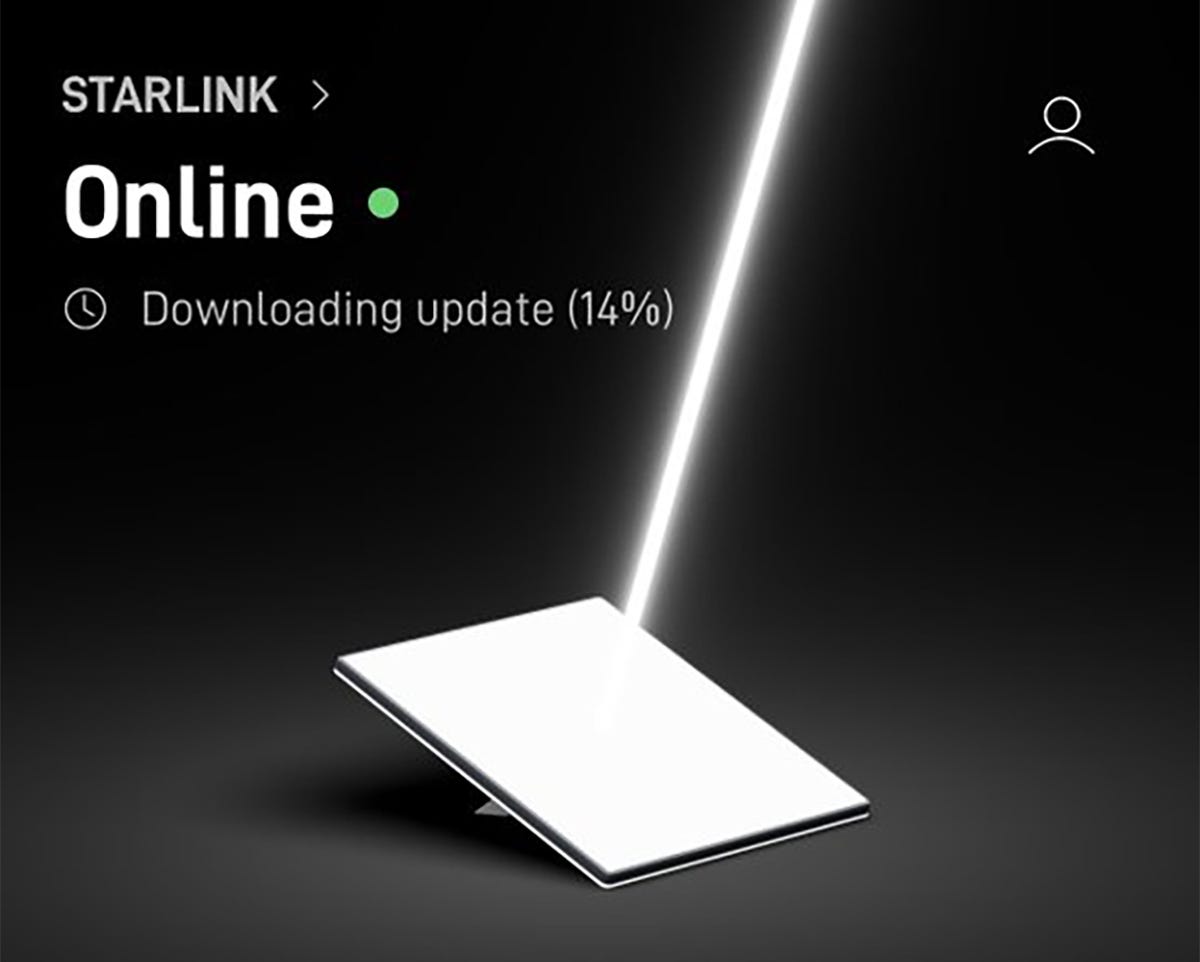
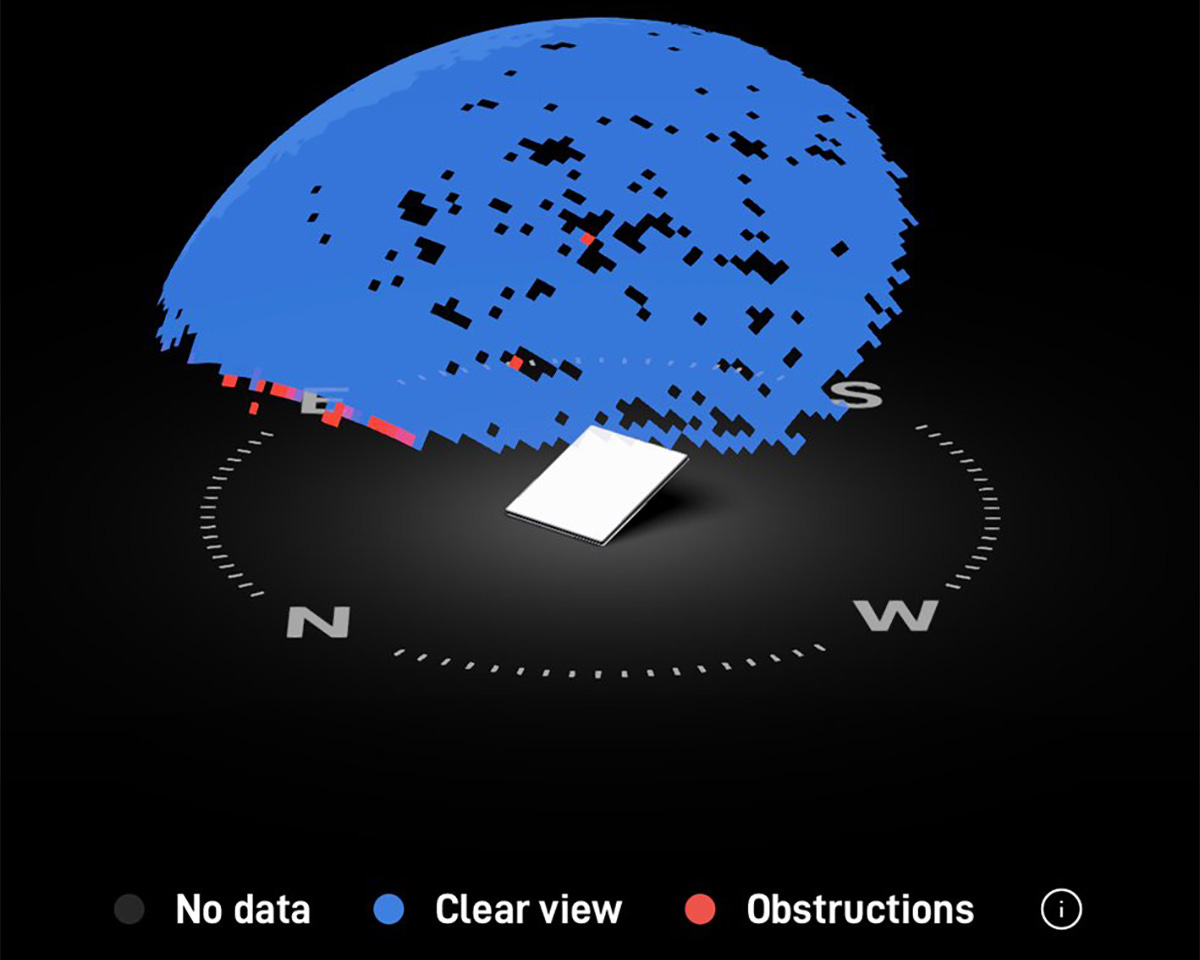
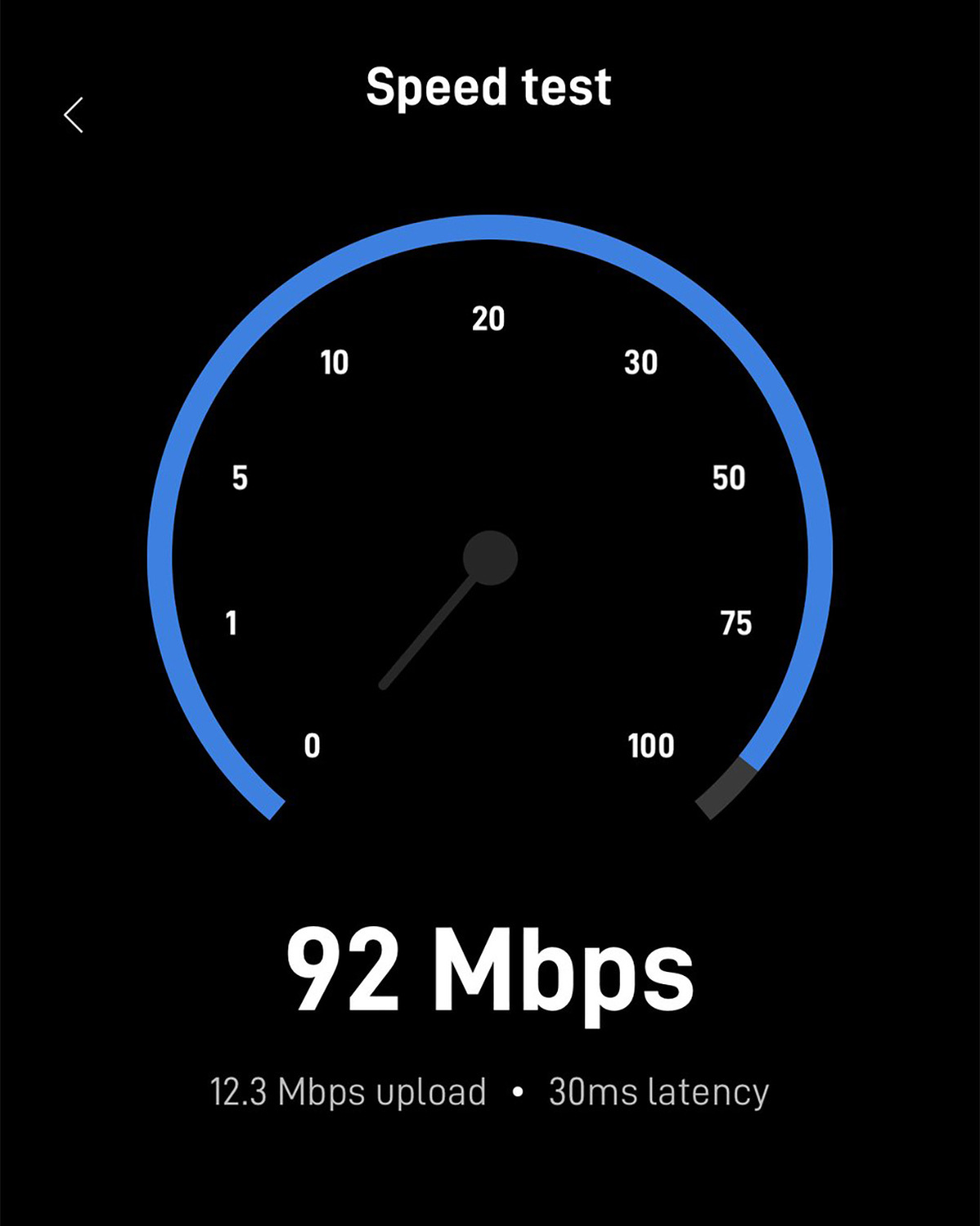


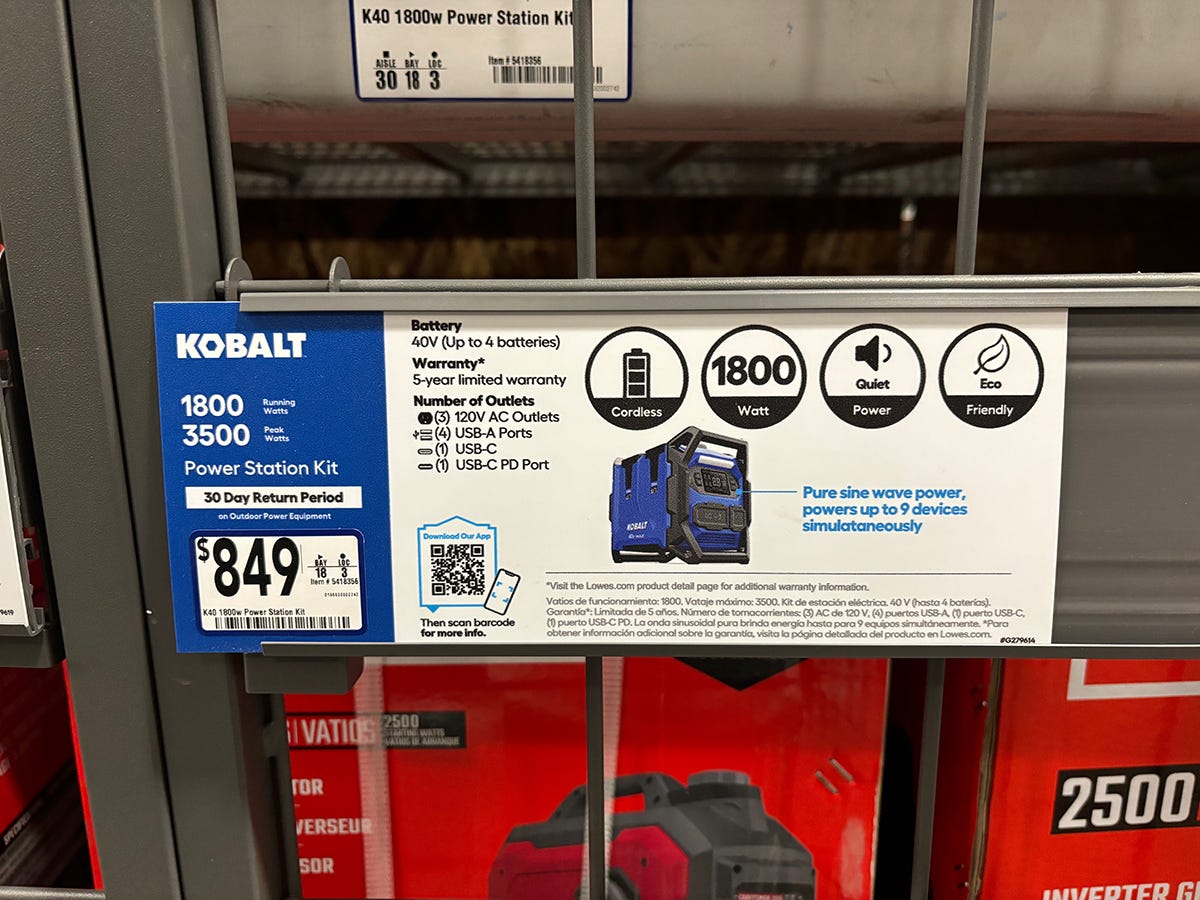

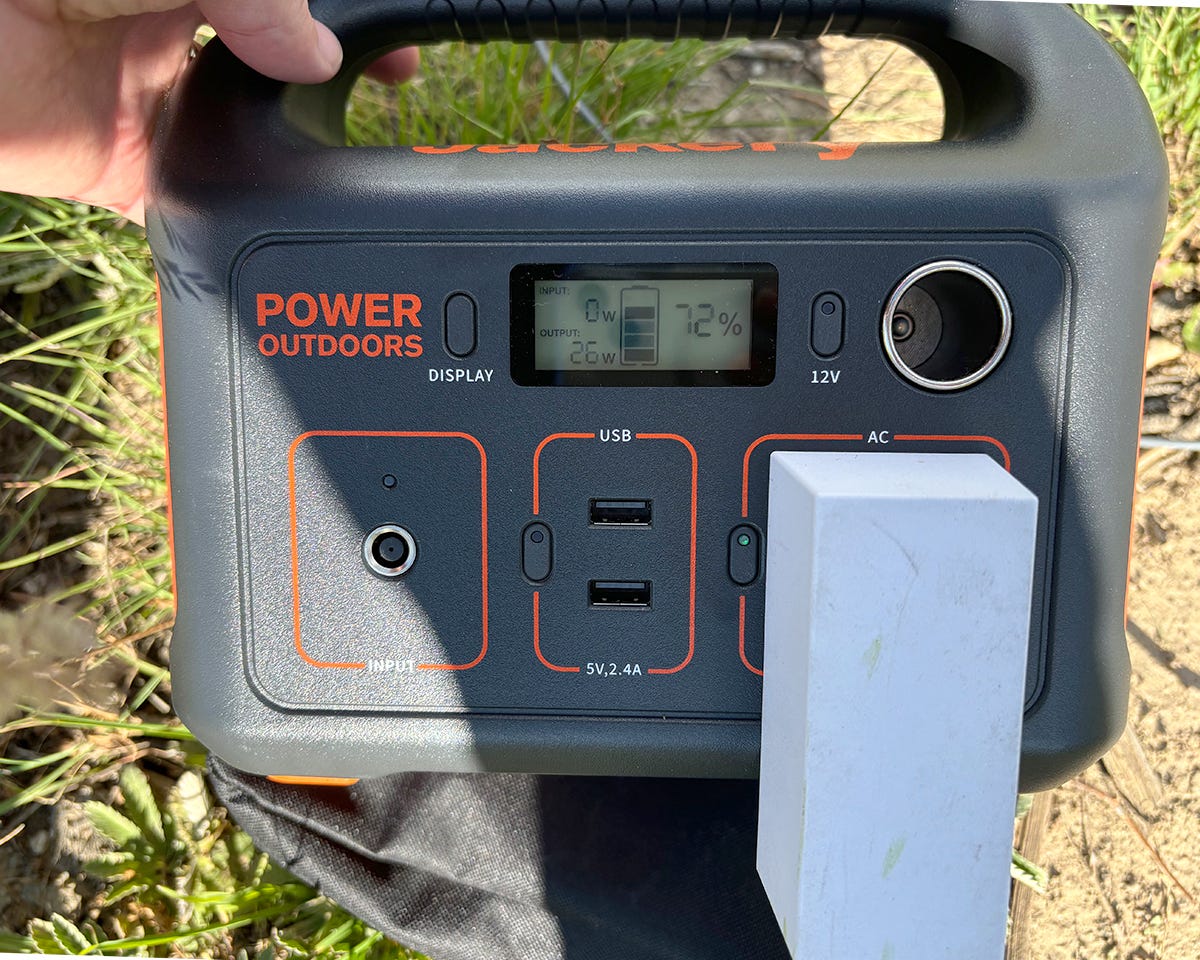
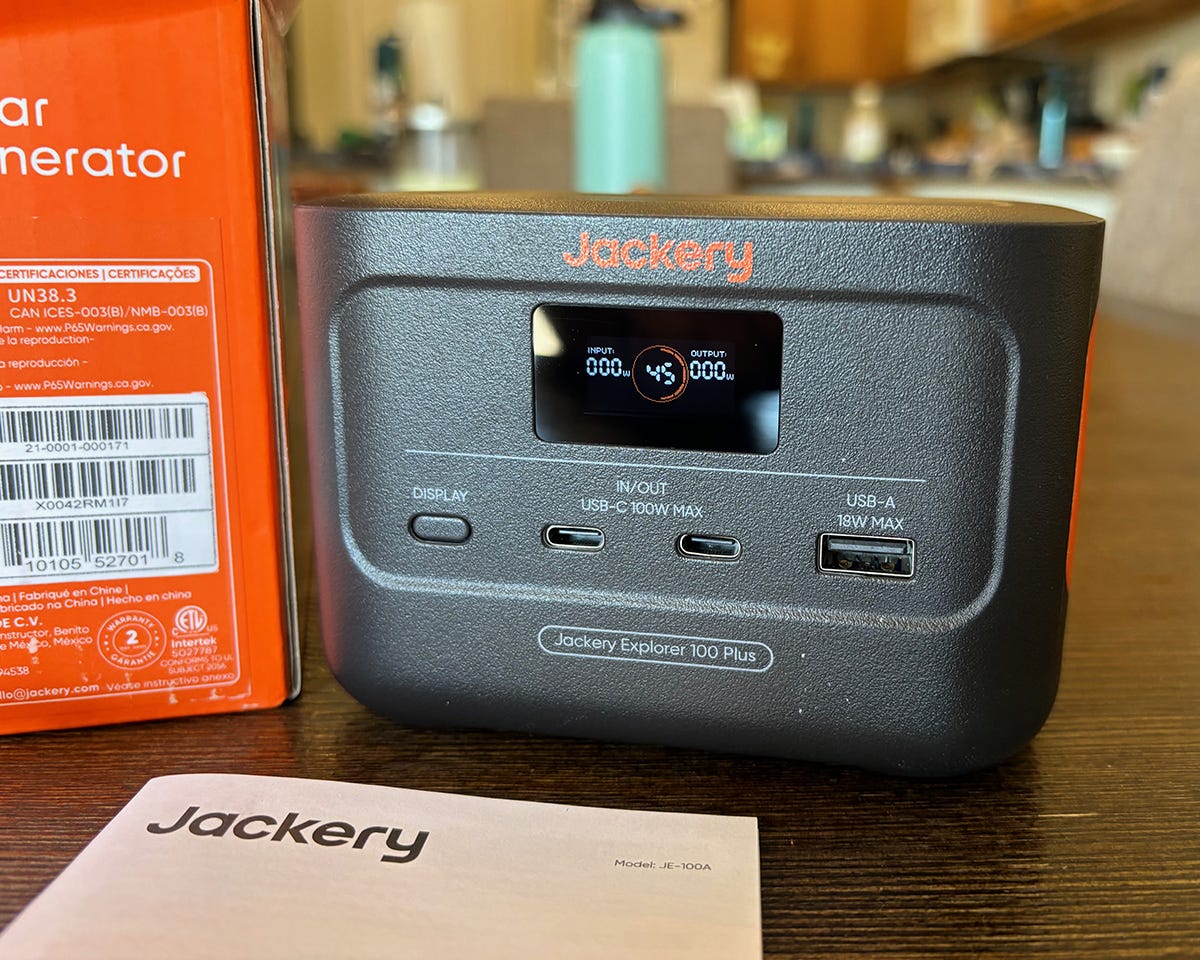


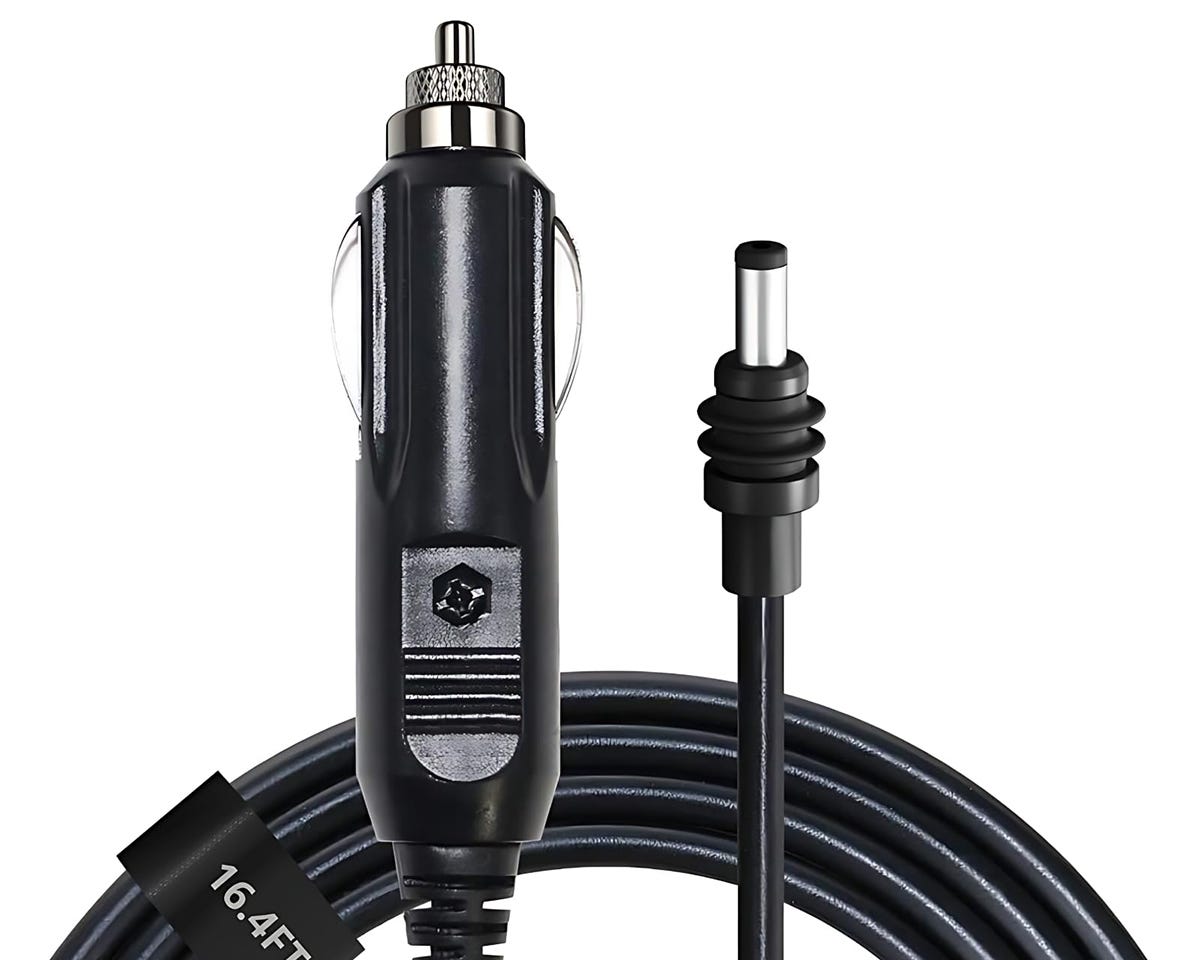
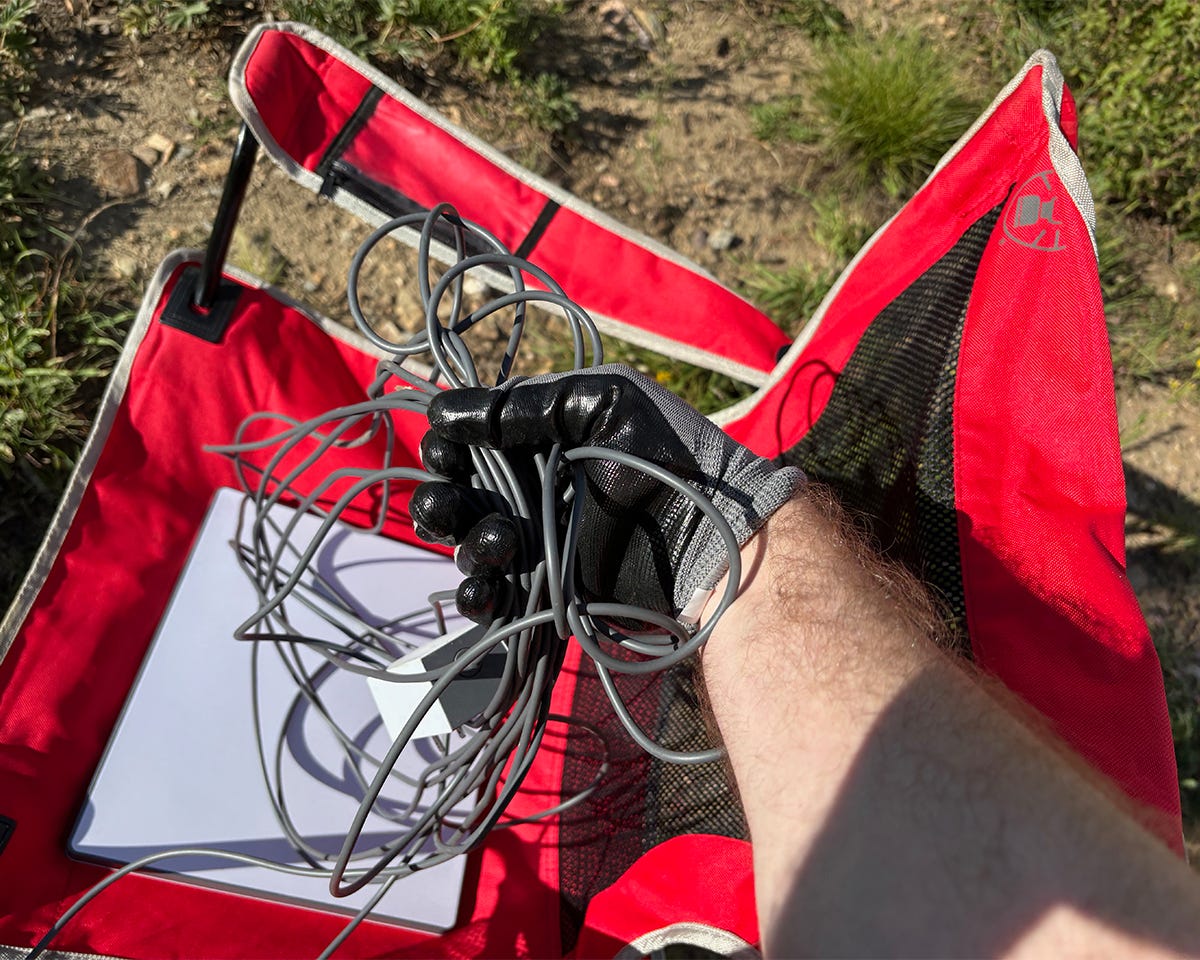
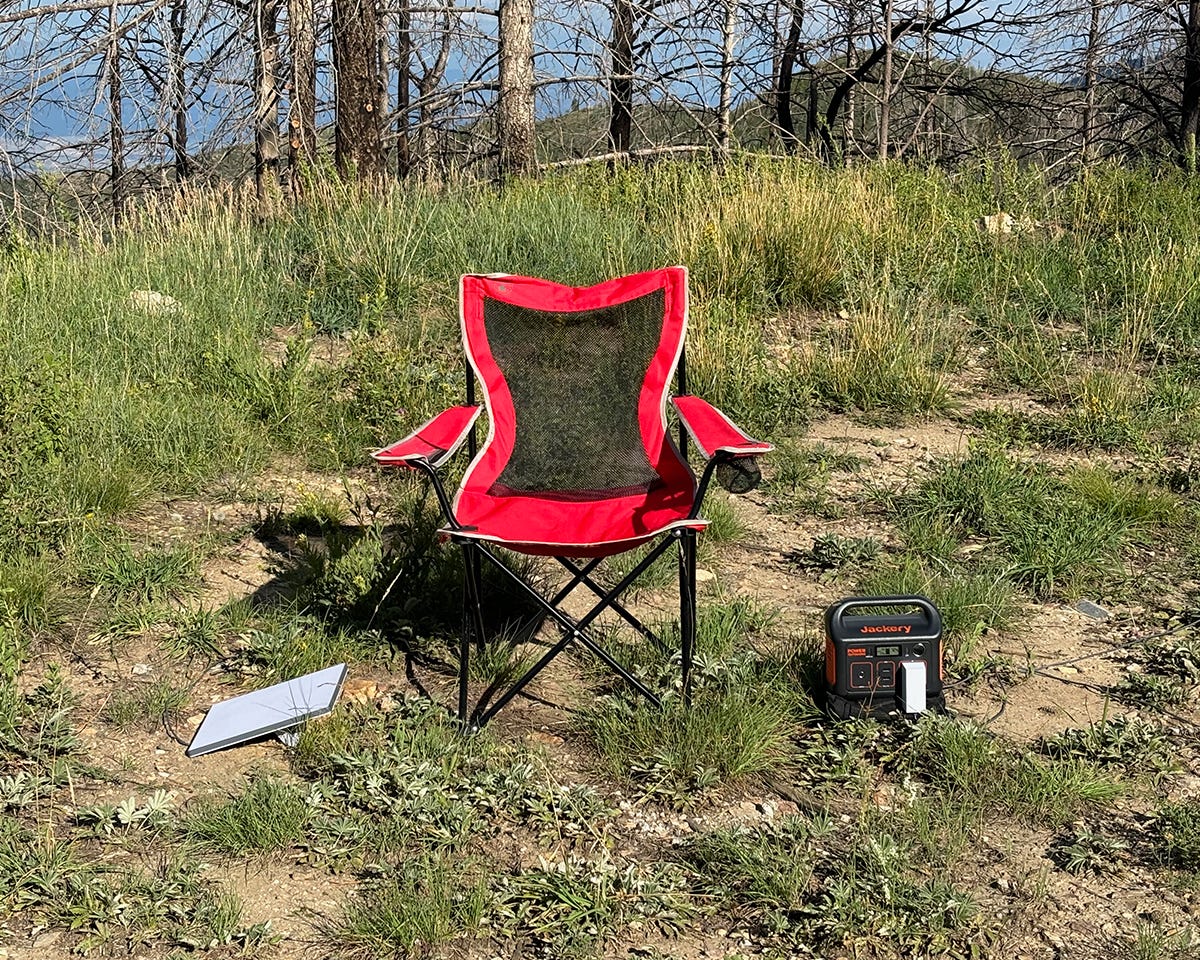

Nice review! You should have just bought their usb-c cable and any 100W battery. 3-4 hours of battery life and I can travel with my mini.